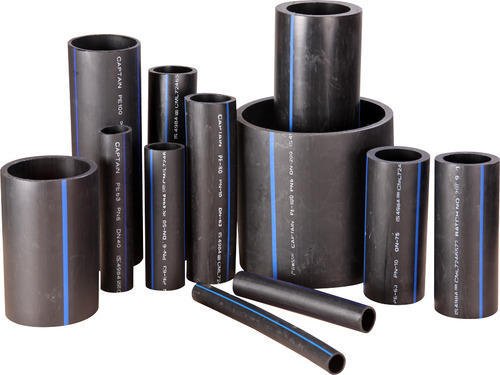Polyethylene Piping System
The Ultimate Guide to Polyethylene Piping Systems
Polyethylene piping systems have become a cornerstone in modern infrastructure, offering durability, flexibility, and cost-effectiveness. This guide explores the key features, benefits, applications, and maintenance tips for polyethylene piping systems to help you make informed decisions.
What is Polyethylene Piping?
Polyethylene piping is a versatile and robust piping solution made from polyethylene, a thermoplastic polymer known for its flexibility and resistance to environmental stress. It is available in various grades, including high-density polyethylene (HDPE) and cross-linked polyethylene (PEX), each designed for specific applications.
Key Features of Polyethylene Piping Systems
- Durability: Resistant to corrosion, chemicals, and UV radiation.
- Flexibility: Can handle various terrains and weather conditions.
- Lightweight: Easy to transport and install.
- Longevity: Lifespan of up to 50 years under optimal conditions.
- Leak Resistance: Fused joints ensure a tight, leak-free system.
Applications of Polyethylene Piping Systems
Polyethylene piping systems are widely used in various industries, including:
- Water Supply: Ideal for potable water distribution due to its non-toxic nature.
- Gas Distribution: Commonly used for transporting natural gas.
- Irrigation: A favorite in agricultural settings for delivering water efficiently.
- Sewage Systems: Resistant to corrosive sewage and wastewater.
- Industrial Applications: Handles chemicals and fluids in manufacturing and processing plants.
Advantages of Polyethylene Piping Systems
- Cost-Effective: Lower installation and maintenance costs compared to traditional materials.
- Environmentally Friendly: Recyclable and energy-efficient in production.
- High Performance: Withstands high pressures and temperatures.
- Customizable: Available in various sizes, grades, and fittings to meet specific needs.
Installation and Maintenance Tips
- Proper Handling: Avoid dragging pipes on rough surfaces to prevent damage.
- Professional Installation: Ensure connections are properly fused or mechanically joined.
- Routine Inspections: Regular checks can identify wear and tear early.
- Cleaning: Periodic cleaning prevents blockages and maintains efficiency.
- Storage: Keep pipes away from direct sunlight and extreme temperatures when not in use.
Choosing the Right Polyethylene Piping System
Consider the following factors when selecting a polyethylene piping system:
- Application Requirements: Pressure rating, temperature resistance, and chemical compatibility.
- Pipe Diameter and Thickness: Ensure the size matches the intended flow rate and pressure.
- Compliance Standards: Check for industry certifications and approvals.
Future Trends in Polyethylene Piping Systems
Advancements in material technology and manufacturing processes continue to enhance the performance and versatility of polyethylene piping systems. Innovations include:
- Smart Pipes: Integration with IoT sensors for real-time monitoring.
- Eco-Friendly Materials: Development of biodegradable or more sustainable polymers.
- Enhanced Resilience: Improved resistance to extreme environmental conditions.
Conclusion
Polyethylene piping systems offer a reliable and efficient solution for various applications, from residential plumbing to large-scale industrial projects. Their flexibility, durability, and cost-effectiveness make them a preferred choice for professionals worldwide. By understanding their features and proper maintenance, you can ensure a long-lasting and efficient piping system.
Our company is a provider of polyethylene piping system services in the Middle East. You can contact us for more information.

